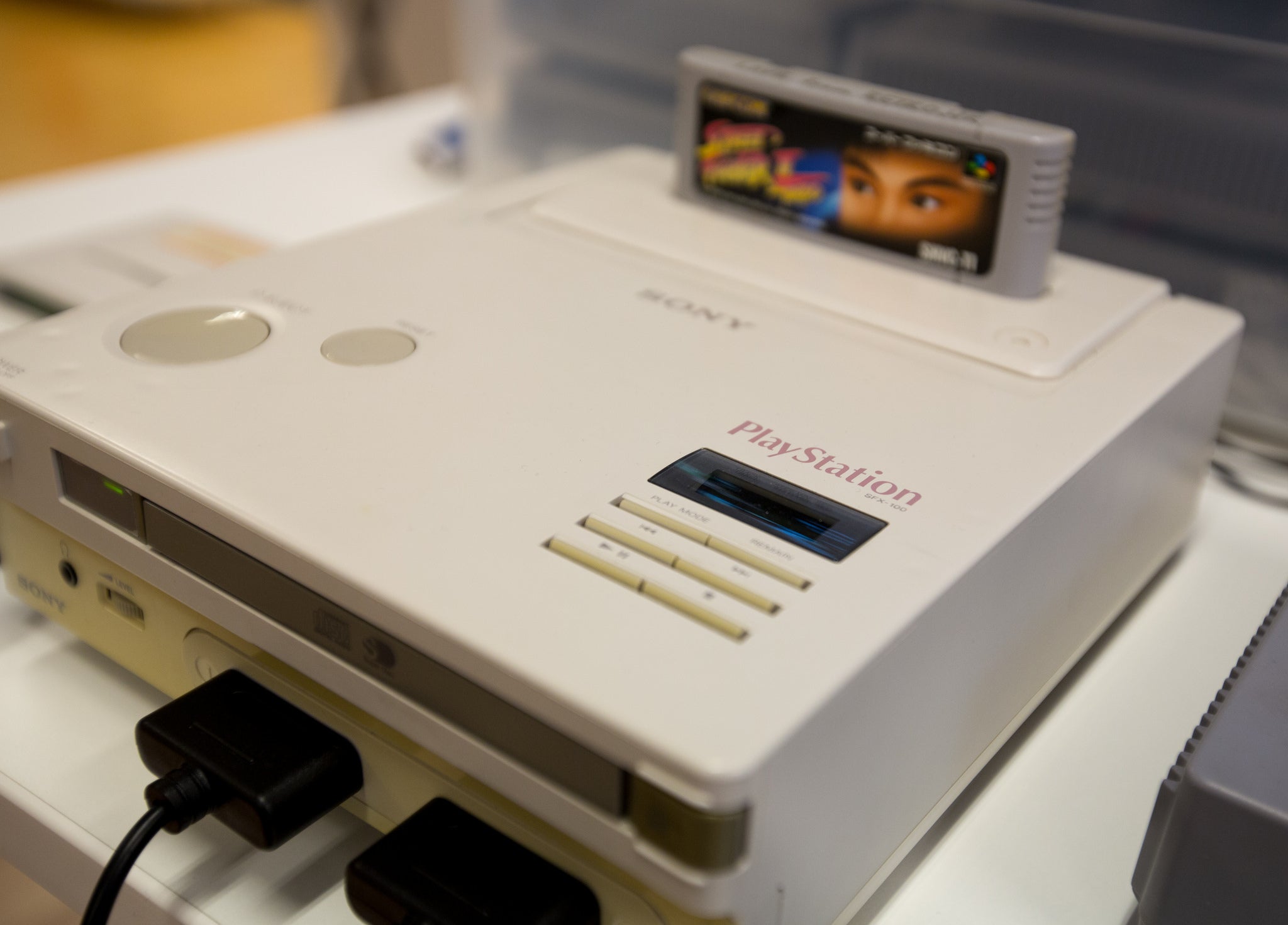
_(Unl)-1.png)
I’m sure there are exceptions, so please look it up if you’re unsure. Generally, NTSC encompasses North America and Japan, and PAL is everywhere else. If you try to make a game that’s formatted for a different region, you’ll probably get some graphical glitches at best, or a completely non-working game at worst. So now that you’ve got an idea of the supplies you’ll need, let’s get cookin’ (or rather, brewin’) some good ol’ NES games.īack to top Step 1: Prepare your ROM filesĪ forewarning: the games you’ll be able to make are games that are in your region’s video encoding format – NTSC or PAL. (Though, if you’re planning on making Genesis games, those use 4.5mm screws. If you do go and buy the security bit, be sure to get the 3.8mm size, and not the 4.5mm. I used to melt the ends of old mechanical pencils to try to make a mold of the screw and use that. You’ll also probably want a screwdriver that can open NES cartridges (called a Security Bit), or if you’re cheap and really like making things harder for yourself, you can try to use pliers to remove the screws. You might need some extra wire – I use 28 gauge. At the bare minimum, you’ll need solder, and a soldering iron. If you end up using flash memory chips, you don’t need this!ĥ) Miscellaneous hardware. You’ll need this to fix something you programmed at some point, or you’ll have to clear the chips you order since they’ve probably got something written on them. I’ll go into more detail about them later on and the benefits there are by using them – you might not need them, but if you have to rewire anything, it’ll help out a lot! You’ll need one for each ROM (PRG and/or CHR, where applicable) if you decide to use them.Ĥ) EPROM eraser. They make rewiring the EPROMs/flash chips a lot easier. I make these and sell them on my store page.

I’ll go over some options later on.ģb) Adapter boards. But I recommend trying to use a new board whenever possible to avoid cannibalizing the ever-dwindling supply of original NES games. You’ll need a specific donor depending on what game you want to make. For using a donor, you’ll want to pick a game that is pretty cheap, or that you don’t care about anymore (please don’t destroy your copy of Megaman 3). This board is either custom built, or comes from a donor game, and it’s the main component of your game. Some games may only use the PRG ROM.ģ) A circuit board. You’ll typically need at least two of the same size, as most games use two, which are called program (PRG) and character (CHR) ROMs. This is where the game data is stored, usually on two separate chips.
Nintendo nes rom files how to#
If you have one of those other programmers, you’ll have to figure out how to use it yourself (though, if you’re reading this and you already own a programmer, you probably know what you’re doing anyway, nerd).Ģ) Memory chips. There are other more advanced programmers out there, but they run a lot more expensive.
-1.png)
The TL866 has worked flawlessly for me so far, even after 5 years, and it’s pretty easy to use. There’s an updated model, the TL866II Plus, and it seems to work just as well. This is what you use to program the chips the game data is stored on. Step 6: Finalize your game Equipment you will needġ) Programmer. Step 4: Expand the ROMs and program your chips Step 2: Choose a board, or find a suitable donor cartridge I know there are a handful of these tutorials out there, but I had yet to find one that was as comprehensive as I’d like it to be, so I made this one myself. I’m here to show you just how you can have that authentic NES experience without an emulator. There do exist USB adapters to take your NES controller and make it work with emulators on your PC, and this mimics playing on the real hardware, but it just doesn’t give you that authentic NES experience. Nintendo enthusiasts, myself included, know the value of playing a game on the hardware it was designed for, rather than on an emulator. I am not responsible for any damage to you or your property – attempt these projects at your own risk! The instructions and products discussed are for the creation of homemade games only, or for repairing damaged cartridges for personal use, and should not be used for duplicating and distributing games protected by copyright. Disclaimer: This tutorial is for educational purposes.


 0 kommentar(er)
0 kommentar(er)
